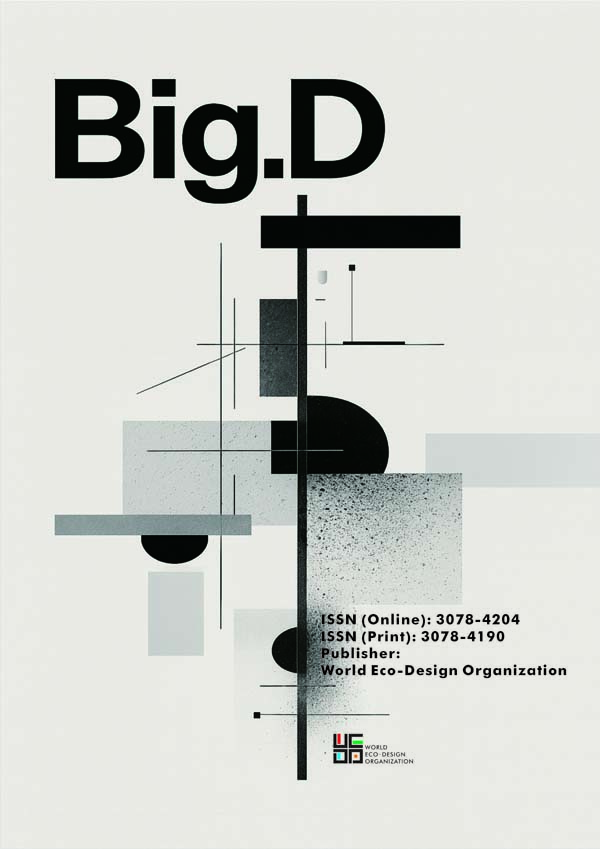Research on the Design Method of the Isomorphism of Logical Thinking and Perceptual Thinking
Keywords:
Logical Thinking; Perceptual Thinking; Design Method; Product Development; Innovative DesignAbstract
In the current era with an increasingly in-depth interdisciplinary integration, traditional design thinking is confronted with numerous challenges, making it urgent to construct innovative design thinking. This study focuses on the field of product development and is dedicated to exploring design methods that achieve the isomorphism of logical thinking and perceptual thinking. Through an in-depth study of the Axiomatic Design Theory, a structured functional design framework has been constructed, which encompasses investigations in the customer domain, the functional domain, and the CN - FR mapping relationship. This framework utilizes various methods and tools, such as brainstorming, Quality Function Deployment (QFD), and the Kano Model, to effectively transform Customer Needs (CN) into Functional Requirements (FR) and determine the mapping relationship between the two. To verify the effectiveness of the framework, an experiment was conducted on undergraduate students majoring in engineering design. They were divided into the logical group, the perceptual group, and the isomorphic group, and each group adopted design approaches dominated by different thinking modes to complete the design tasks of smart home devices. The experimental results indicate that the isomorphic framework significantly enhances the innovativeness of design schemes, improves the efficiency and accuracy of transforming user needs, and the design schemes of the isomorphic group exhibit excellent performance in the user satisfaction test. Additionally, this study also analyzes the differences between novice and expert designers in the functional design process and proposes corresponding teaching improvement measures. The research findings not only fill the gap in the collaborative application of multimodal thinking in design thinking research, providing a new perspective for design innovation and education, but also demonstrate great potential in the practice of product development, and are expected to promote the design industry to develop in a more user-oriented and innovation-driven direction.






